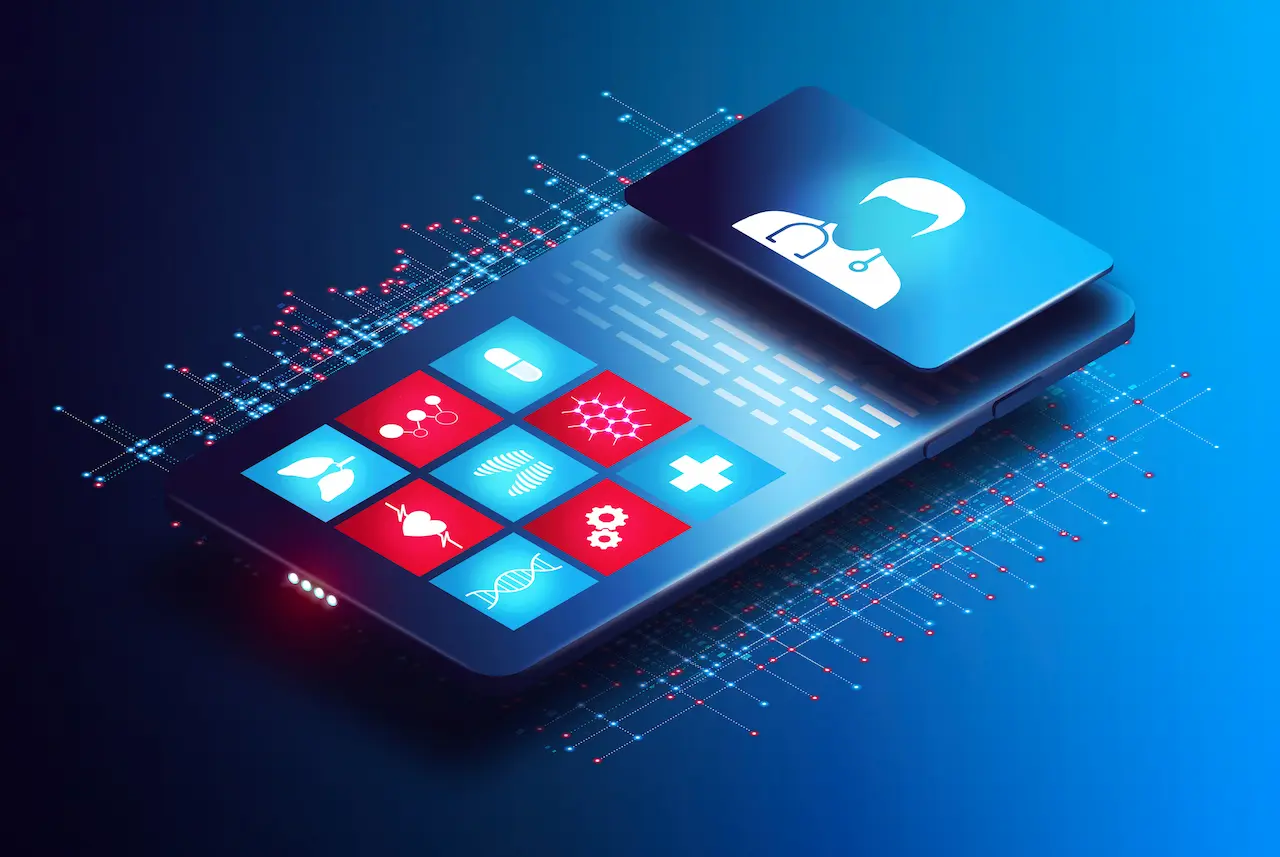Mobile apps have become integral to various aspects of our lives, including healthcare. As a medical app development specialist, we often encounter questions about which mobile apps qualify as medical devices. This article provides guidance for organisations that are considering developing a health or medical app to determine if their software meets the criteria for a medical device.
Determining Medical Device Status for Mobile Apps
To assess if a mobile app qualifies as a medical device, a stepwise analysis should be applied, considering the following aspects:
- Input Data: What data does the app collect?
- Processing: How does the app process or analyse this data?
- Output: What information or results does the app provide?
- User Actions: What actions or decisions do users take based on the app’s output?
- Claims: What does the app’s marketing or labelling claim about its capabilities?
Defining Software
Software, including mobile apps, is defined as ‘a set of instructions that processes input data and creates output data.’ This article focuses on standalone mobile apps, not those integral to other devices. Standalone apps can function independently or in conjunction with other products, including medical devices.
Intended Purpose
The intended purpose of the mobile app must be examined independently of any device it may interact with. If the app drives or influences a medical device and serves a medical purpose, it qualifies as a medical device. The app’s location—whether on a cloud, computer, or phone—is irrelevant. What matters is its use by healthcare professionals, patients, or consumers.
What is a Medical Device?
The classification of an app as a medical device depends on its intended purpose, as defined by the manufacturer. The key question is: ‘What is the intended purpose of the app?’ This purpose is assessed using the responses to the aforementioned questions and matched against the definition of a medical device in the EU Medical Devices Regulations 745/2017 (MDR).
Medical Device Criteria
An app qualifies as a medical device if its intended purpose includes:
- Diagnosis, prevention, monitoring, prediction, prognosis, treatment, or alleviation of disease
- Diagnosis, monitoring, treatment, alleviation, or compensation for injury or disability
- Investigation, replacement, or modification of the anatomy or of a physiological process
- Control or support of conception
- Cleaning, disinfection, or sterilisation of devices
Apps with in vitro diagnostic (IVD) purposes are reviewed against the EU IVD Regulations 746/2017 (IVDR).
UK Regulations
In the UK, medical devices are regulated by the MHRA under the UK MDR 2002. Following Brexit, the UK has introduced the UKCA marking, which will replace the CE marking for products sold in Great Britain (England, Scotland, and Wales). Northern Ireland will continue to require the CE marking due to its position in the EU Single Market (GOV.UK) (GOV.UK).
Transitional Arrangements
The UK has extended the acceptance of CE-marked medical devices in Great Britain until 2028-2030, depending on the specific type of device and marking (Casus Consulting). After this period, manufacturers must obtain UKCA marking for continued market access in Great Britain. This transition ensures continued supply and compliance during the regulatory shift.
Assessing Mobile Apps
Mobile apps must be assessed on their own, excluding associated devices unless the app drives or influences them. The risk of harm from the app does not automatically classify it as a medical device.
Accessories to Medical Devices
Apps that do not meet the definition of a medical device but assist one may be considered accessories and regulated accordingly. An accessory is defined as an article intended to:
- Be used with a medical device
- Enable the device’s intended purpose
- Assist the device’s functionality
Non-Medical Device Apps
Apps that act on data without altering it or making medical claims typically do not qualify as medical devices. Non-medical purposes include:
- Storage
- Archival
- Communication
- Simple search
- Lossless compression
Medical Purpose Actions
Apps that process, analyse, create, or modify medical information, or monitor physiological processes, are likely to be medical devices if they have a medical purpose.
Claims Matter
Even if an app does not meet the initial criteria, it can still be a medical device if medical claims are made about it. Manufacturers should avoid medical terms and claims unless they are prepared to regulate the app as a medical device.
Conclusion
Determining if a mobile app qualifies as a medical device involves a thorough analysis of its purpose, functionality, and claims. Organisations should carefully consider these factors to ensure compliance with relevant regulations.
For the latest comprehensive details, you can visit the official GOV.UK guidance page or consult regulatory bodies like the MHRA.



